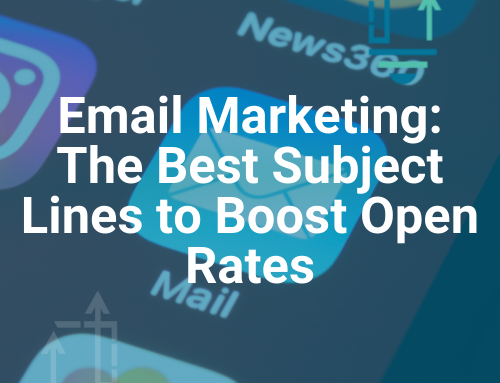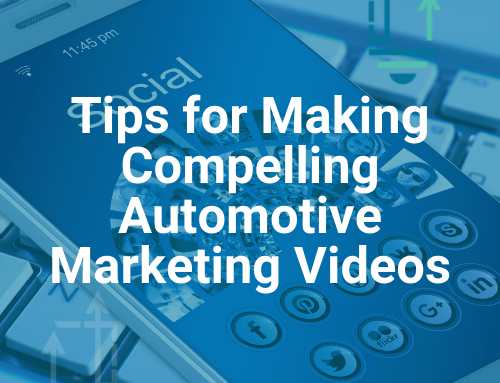When businesses think of video marketing, one name automatically comes to mind: YouTube. The media platform has dominated video advertising for years, and it is where many businesses have built the headquarters for their video content. However, Instagram is looking to challenge YouTube’s hold on the market; since it announced that IGTV previews would now appear in the regular IG feed, it has seen a steady increase in IGTV views.
If you’re a marketer, these developments are interesting; both YouTube and IGTV can drive your online properties’ views and traffic. Which do you put your bets on, though—where should you concentrate your marketing efforts, at least for the time being? Here are three things to consider when you’re deciding where to house your brand’s videos.
The layout and dimensions of the platform
On IGTV, vertical videos tend to perform better. When creating clips for this platform, you must stick with an aspect ratio of 9:16 or 1080 x 1920 pixels. These are the same dimensions as an Instagram story. It makes sense that IGTV favors this format since Instagram is a mobile-first app that focuses on bite-sized content. Meanwhile, YouTube’s dimensions lean horizontal—the preferred aspect ratio is 16:9, or 1920 pixels x 1080 pixels. On this platform, long-form videos and TV broadcast-length clips do better.
The space constraints from these dimensions directly affect video production. If you don’t have enough space, as with a vertical orientation, you have to be creative with including information. Using a horizontal orientation means having more space to work with and more details you could incorporate. Also, note that YouTube allows videos that run for up to ten hours, while IGTV has a one-hour time limit.
Analytics and insights tools available
On Instagram, you only see the number of views and likes your IGTV video has. View time and other engagement statistics are not visible to creators. The platform is primarily for sharing content, not monitoring analytics—for deep data dives, it’s better to go to YouTube.
YouTube provides an in-depth view of your video’s performance, from the first second to the last. Individual and group analytics are available for creators to analyze. You can monitor things like watch time, impressions’ click-through rate, re-watches, audience retention, and more, letting you identify the point at which engagement rises or drops for your videos.
On-platform discovery and SEO
Video marketing favors YouTube; for one, its SEO algorithm works like Google’s. If you type an inquiry on Google, you will see YouTube videos on the first page of search engine results. You can embed YouTube videos outside the website, enabling cross-platform sharing, and you can add up to 30 keywords to your video. Notably, even if you’re not subscribed to a particular channel, you can still find videos under any topic that you watch frequently.
IGTV videos, though, are contained within the platform. You only have two places to explore new videos on Instagram—the Explore page and brands’ individual IG accounts. You can add hashtags to boost your post’s visibility temporarily, but these don’t last for more than a few minutes to an hour or two.
Conclusion
Video marketing is a valuable part of many companies’ brand strategies today. Since people are always busy, they tend to listen more to video or audio messages. If you’re looking to build an online presence, your most significant choices for video content are YouTube and Instagram—carefully weigh your audience’s preferences and where they tend to stay online when deciding where to begin with your marketing efforts.
Create a winning digital strategy today when you partner with Lavender Digital. We are an Atlanta video marketing agency enabling businesses to get their brand and message out to the right audience. Schedule a complimentary marketing consultation today to learn how we can help!






